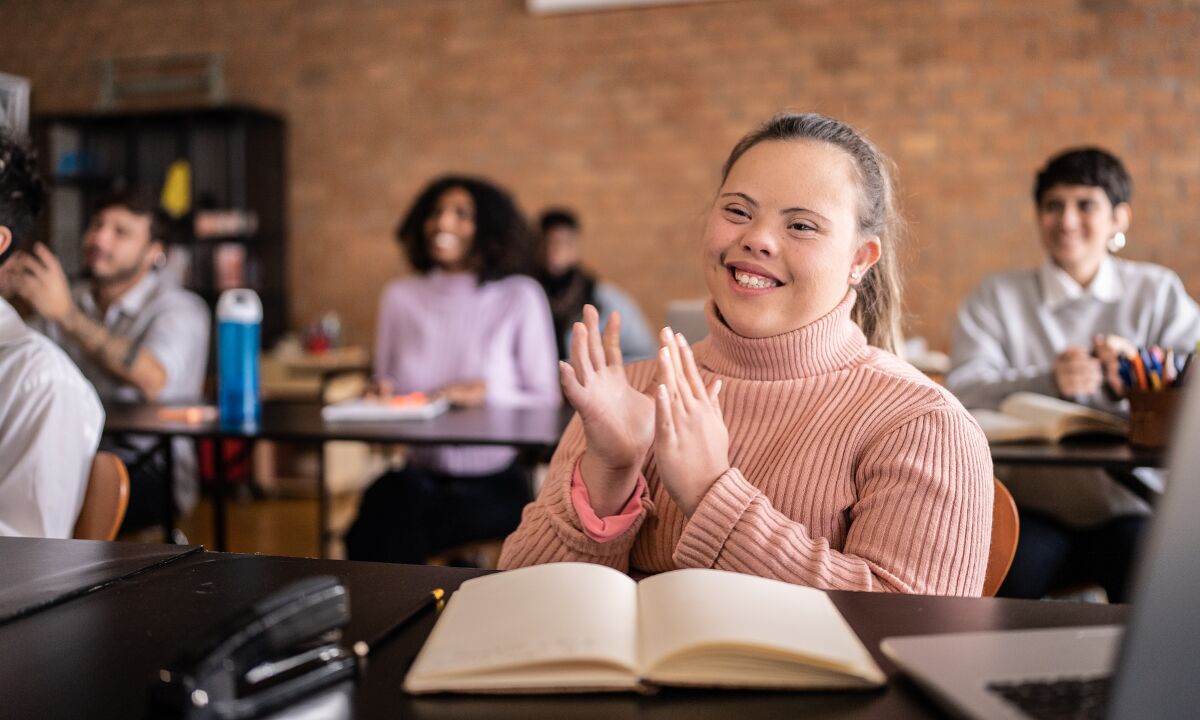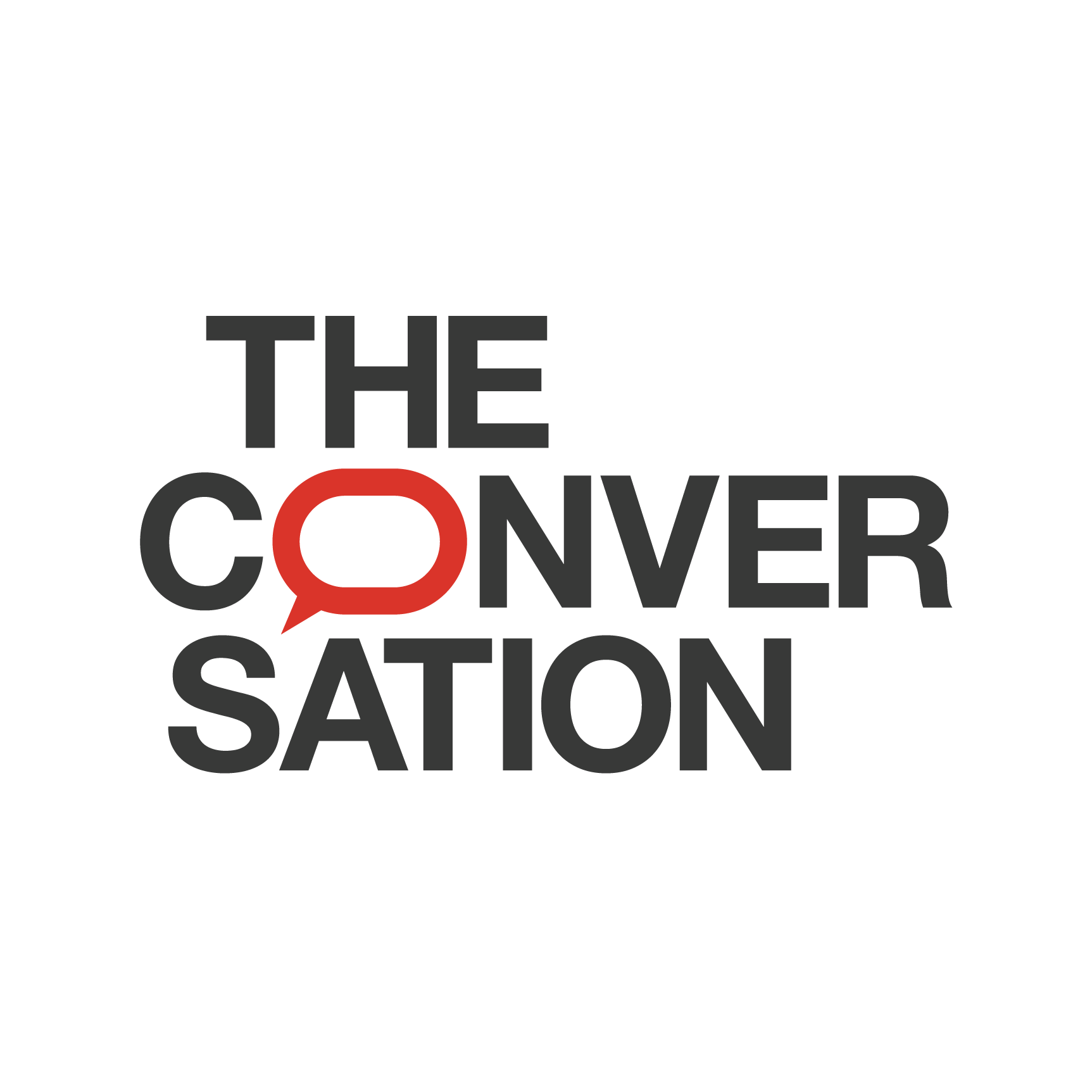The education of children with disabilities is a complex issue more than 30 years after “inclusive education” appeared for the first time in an important 1994 United Nations statement.
Children with disabilities too often face varied forms of exclusion with minimal interaction with their non-disabled peers — as well as disrupted or curtailed classroom time with their peers because of delayed hiring practices for support staff or urgently needed supports that never arrive.
Teachers often struggle to keep up with the challenges.
They learn during teacher education how to adapt learning content and outcomes to the diverse learners in their classrooms. But in practice, approaches such as Universal Design for Learning often do not radically change the reality for children with disabilities.
Part of my recent research has examined classroom approaches that can disrupt teaching catered to an imagined average group of learners to better foster the meaningful participation of a broader ranger of students in regular classroom routines, including disabled students.
‘Alternative pedagogies’
Alternative approaches to modern western classroom teaching — “alternative pedagogies” — can be traced to 20th century educators like Maria Montessori in Italy, Célestin Freinet in France, Peter Petersen in Germany or Helen Parkhurst in the United States.
While the movements associated with these educators didn’t have the same roots, they had a common theme: seeking to address traditional forms of classroom learning that either didn’t engage students or foster their learning — and excluded some students. All these movements recognized children’s agency and gave children more control of their learning.
Recognizing student agency
“Week plan work” is a method that developed out of these movements, and is a mode of learning that recognizes student agency and independence. Students autonomously work on curricular content within a particular time frame — most often for one week. Educators (sometimes in collaboration with children) set a plan in which learning outcomes and steps to reach those outcomes are laid out.
This method is very common in countries like Germany and the Netherlands. It’s much less common in Canada, although there are some schools that use self-directed learning, corresponding to the same ideas and principles as the week plan work. A high school in Bedford, N.S., opened its doors a couple of years ago based on self-directed learning.
As a researcher with expertise in inclusive education and practices, I collaborated with a teacher, Harriet Johnston, in the Halifax Regional Education Centre school district in Nova Scotia to test if this method would work well in Canada. We implemented the “week plan work” method in her rural high school classroom in Grade 9 and 11 English language arts. Another goal was to contribute to a culture where experimenting with alternative teaching methods is normalized.
Week plan work method
The week plan in its current iterations goes mostly back to the French reformer Célestin Freinet. Practitioners have since adapted the method to their own context.
With this approach, each week, students receive an individualized folder with a plan of tasks and activities. They have to complete this plan by the end of the week, but they can prioritize and organize tasks in the order they wish. There are materials and activities for individual or collaborative work.
The teacher monitors and mentors students. At the end of the week, there is a debriefing session and folders are collected to assess the accomplished work.
Week plans can be adapted to each student’s learning level. In a class with a rather homogeneous group of learners, the week plan might look the same for every student. In classes with heterogeneous groups of learners, week plans can be differentiated. It can vary based on outcomes, or by interests, strengths and weaknesses of particular learners.
In German elementary classes I observed in the early 2000s, teachers assigned blocks of time for students’ week plan work. As I documented in this earlier study, students learned to become more autonomous and increasingly plan and organize independently.
Week plans and staff
Teaching with week plans inverts the regular teacher-centred model, where the educator teaches and supports each student — and it can become complicated and potentially overwhelming when there is “too much” diversity.
With week plans, the teacher has to “frontload” their preparation of students’ plans, with preparation being about creating the plans. Teacher-led instruction remains a part of the class, but isn’t the predominant strategy.
The teacher is a coach or mentor. Students can solicit help, or continue to progress individually and autonomously. This frees up the teacher to focus on one-on-one work with those who require it.
Week plan and students
For our week plan project in Nova Scotia, we invited Grade 9 and 11 students to participate in focus groups and reflect on their learning.
We have not yet published the outcomes of the study — only about the approach — but our preliminary findings suggest some of the ways that changing the approach to learning positively changes the experience for all students, not only students with disabilities.
What we heard was that many appreciated the approach, as it gave them more control over their learning. It activated engagement and curiosity, while students were still achieving the Nova Scotia curriculum outcomes. Some commented on how this prepared them for the requirements of university.
Our project was also positively received by an education assistant (EA) supporting a student with a disability in the classroom. The project gave the EA explicit direction on what the student had to work on, the time frame and the resources. This shows how the week plan method structures classroom life for the support staff.
On the other hand, there were students who didn’t like the approach, as they preferred the teacher to tell them what to do and when. This was useful knowledge for us, as many students are accustomed to direct instruction. The teacher was consequently able to do more “scaffolding” — breaking down instruction into smaller chunks or systems for tackling a project.
For example, she would go over the plan with a student and discuss which task could be first and how to order the rest. She checked in more often. Students could increasingly gain more comfort and autonomy with this approach.
Self-directed learning
How might such approaches grow? The pillars of inclusion in a school are often the principal and the special education teacher, or learning support teachers.
Optimally, effective leadership and support from educational leaders — in concert with learning opportunities and resourcing for teachers — encourages them to challenge the often-difficult reality of children with disabilities in the regular classroom and respect their right to participation and belonging.![]()
This article is republished from The Conversation under a Creative Commons license. Read the original article.


